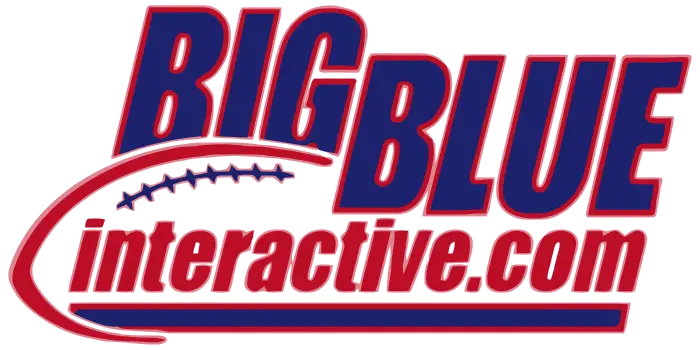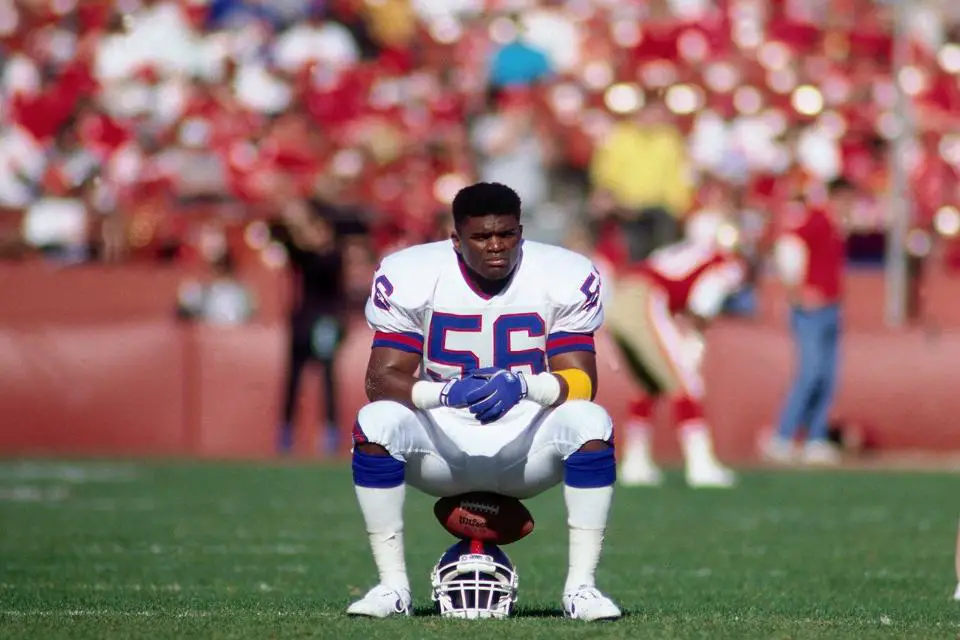
by Larry Schmitt | Sep 1, 2023 | Articles, New York Giants History
Through their first ninety-nine seasons, the New York Football Giants have participated in some of the most famous games in professional football history: “The Sneakers Game” in 1934, “The Greatest Game Ever Played” in 1958, and the 2007 Giants upsetting the 18-0 New...
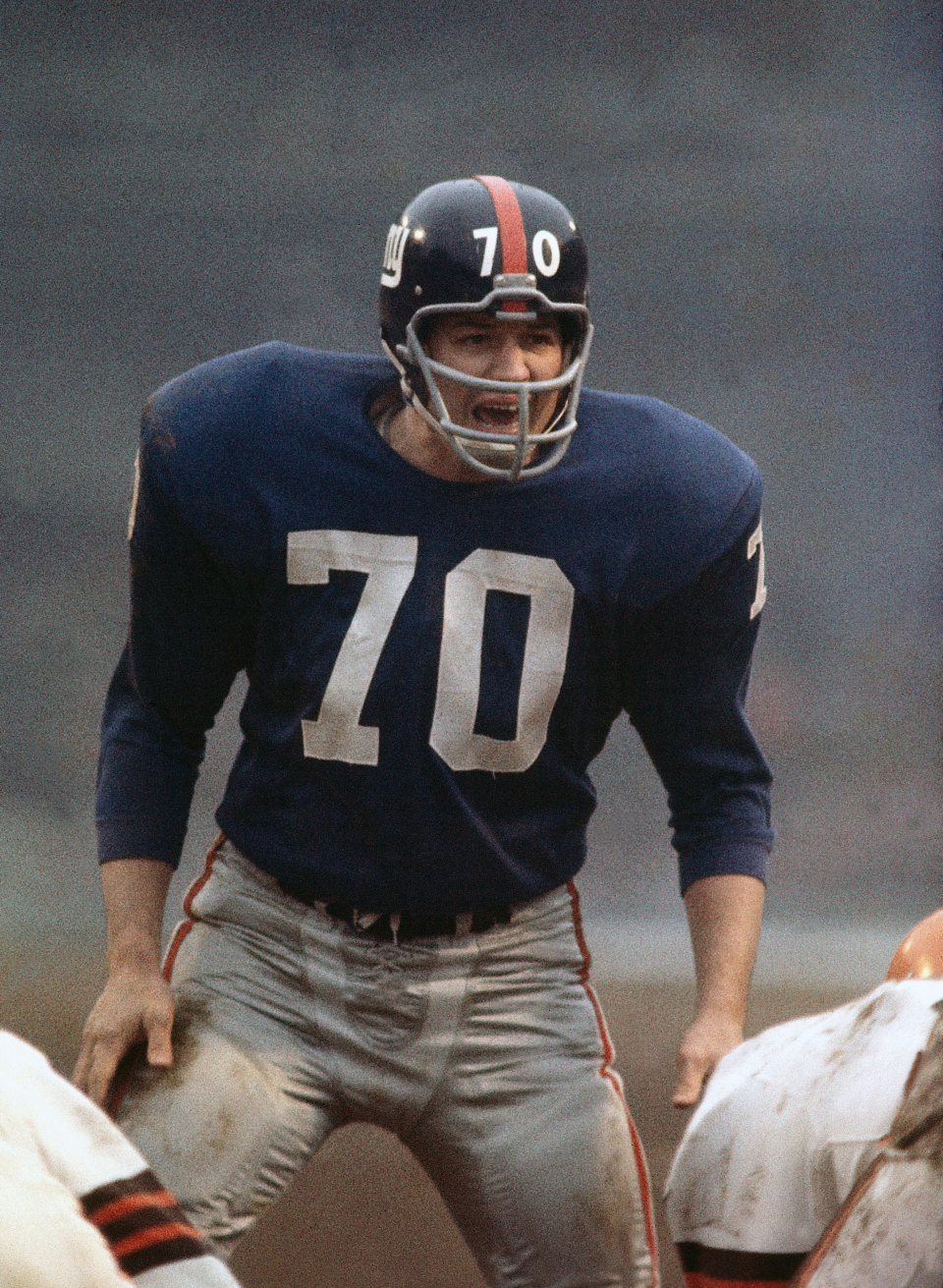
by Larry Schmitt | Nov 14, 2021 | News and Notes
Robert Lee Huff, popularly known as “Sam,” an All-Pro and Pro Football Hall of Fame member who helped popularize professional football during its ascendancy in the late 1950s, and the first recognizable personality who played only defense, passed away at the age...
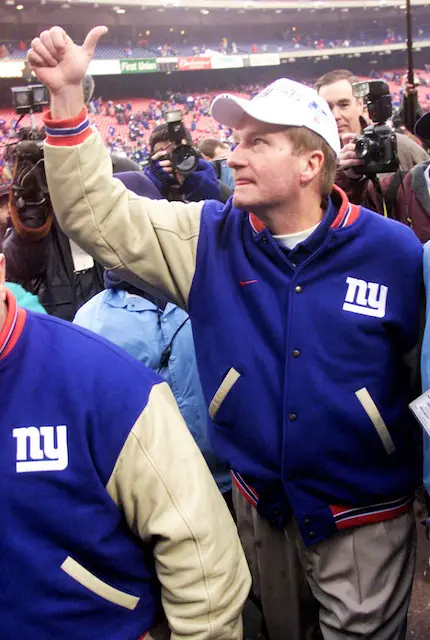
by Larry Schmitt | Jun 8, 2021 | News and Notes
Jim Fassel, who was head coach of the New York Giants from 1997-2003, passed away Monday night in a Las Vegas hospital from a heart attack at the age of 71 after being admitted with chest pains. Fassel was a colorful coach whose up-and-down tenure was marked by...
![Y.A. Tittle Passes Away]()
by Larry Schmitt | Oct 10, 2017 | News and Notes
[contentblock id=1 img=html.png] Yelberton Abraham Tittle, better known as “Y.A.”, an All-Pro and Pro Football Hall of Fame enshrinee, who spent four of his 17-seasons in Pro Football with the New York Football Giants, passed away at the age of 90. Tittle was received...
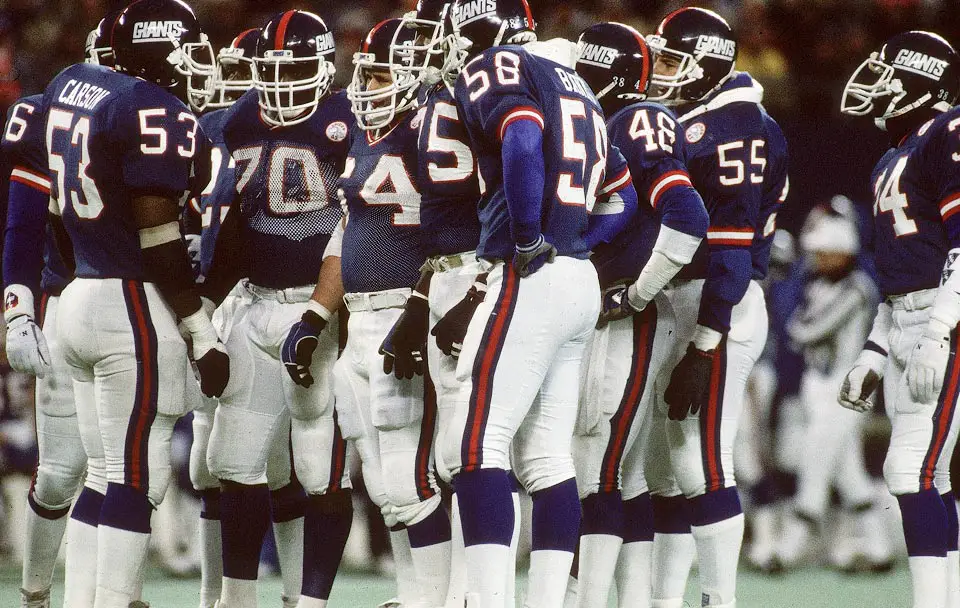
by Larry Schmitt | Jan 25, 2017 | Articles, New York Giants History
Ghosts come in a variety of forms. By the early 1980’s, the New York Football Giants had been haunted by a cavalcade of specters for over two decades. They were known as Frank Gifford, Sam Huff and Charlie Conerly – echoes from the glorious Golden Age – memories of...





